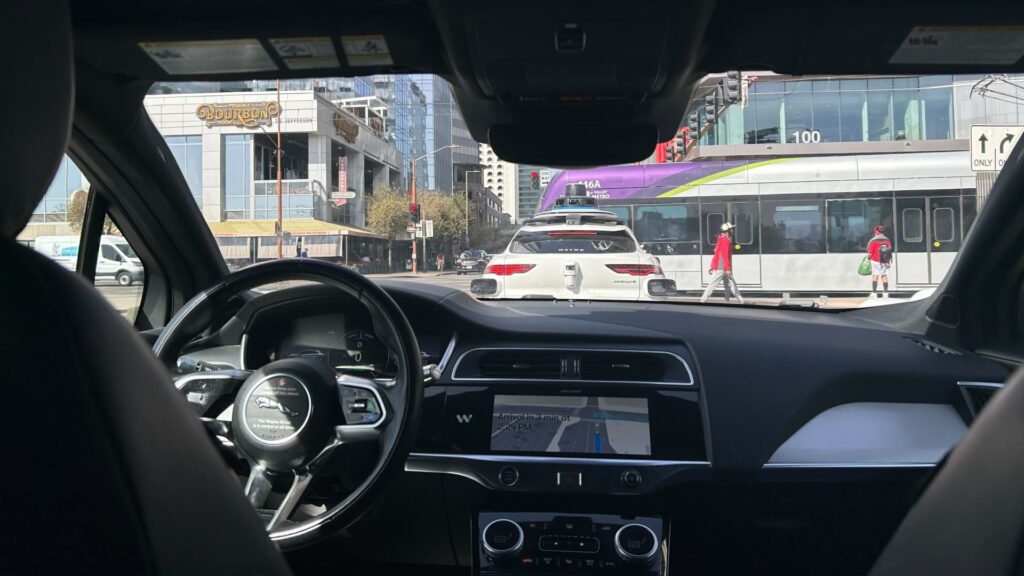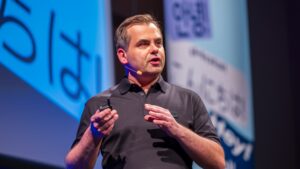A Waymo self-driving vehicle seen in Phoenix, Arizona on Feb. 27, 2025.
Leslie Josephs | CNBC
Alphabet-owned Waymo and the auto manufacturing giant Magna International plan to double robotaxi production at their new plant in Mesa, Arizona, by the end of 2026, the companies announced Monday.
The “Waymo Driver Integration Plant,” a 239,000 square foot facility outside of Phoenix, will assemble over 2,000 Jaguar I-PACE robotaxis, the Alphabet company said in a statement. Waymo will add those self-driving vehicles to its existing fleet that already includes around 1,500 robotaxis.
The plant will be, “capable of building tens of thousands of fully autonomous Waymo vehicles per year,” when it is fully built out, Waymo said. The company also said it plans to build its more advanced Geely Zeekr RT robotaxis that feature its “6th-generation Waymo Driver” technology later this year at the plant.
Waymo and Magna opened the Mesa plant in October, Forbes reported Monday.
The Alphabet-owned company started its commercial robotaxi service in Phoenix in 2020 and now calls the area its domestic manufacturing home.
Already, Waymo is conducting 250,000 paid, driverless rides per week across its service areas in Austin, the San Francisco Bay Area, Los Angeles and Phoenix, and the company is planning to begin serving the Atlanta, Miami and Washington, D.C., markets in 2026.
Alphabet CEO Sundar Pichai last month said Waymo has not strictly defined its long-term business model yet, and there is “future optionality around personal ownership” of vehicles equipped with Waymo’s self-driving technology. A week later, Waymo and Toyota announced a preliminary partnership to potentially bring the self-driving tech to personally-owned vehicles.
A would-be Waymo competitor, Tesla has said that it plans to launch a robotaxi service in Austin in June using the company’s Model Y SUVs and its Unsupervised Full Self-Driving technology.
Tesla CEO Elon Musk has criticized Waymo’s approach to driverless tech, saying that the cars by his competitor cost “way more money” than his company’s.
Waymo systems employ more sophisticated and expensive sensors than Tesla vehicles do. Waymo vehicles rely on radar and lidar sensors alongside cameras and sonar to get around. Tesla’s systems mostly rely on cameras.
However, Waymo has beat Tesla to the market with its robotaxis, and now stands to more than double its U.S. fleet by the end of 2026. Tesla does not yet offer vehicles that are safe to use without a human at the wheel ready to steer or brake at any time.
WATCH: Waymo hits more than 250k paid weekly rides















